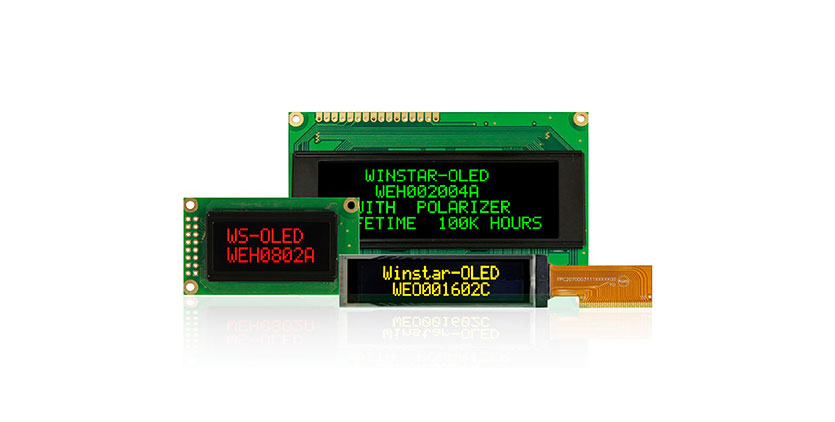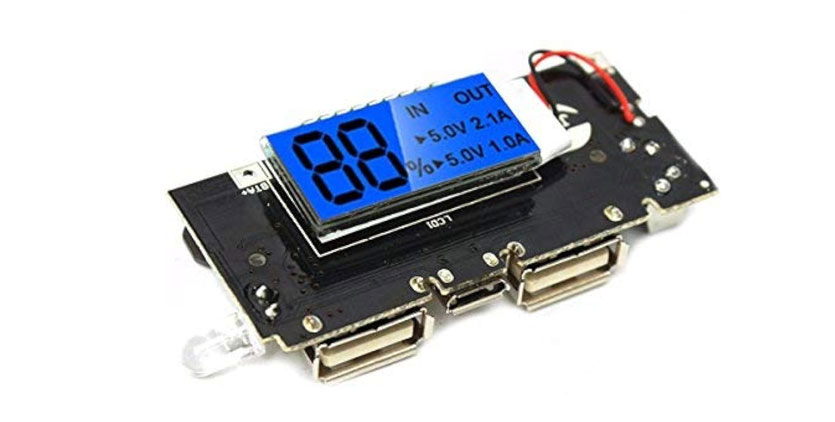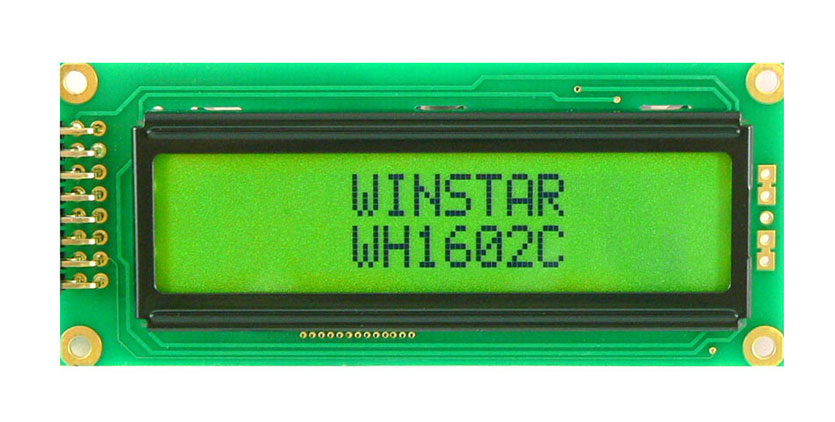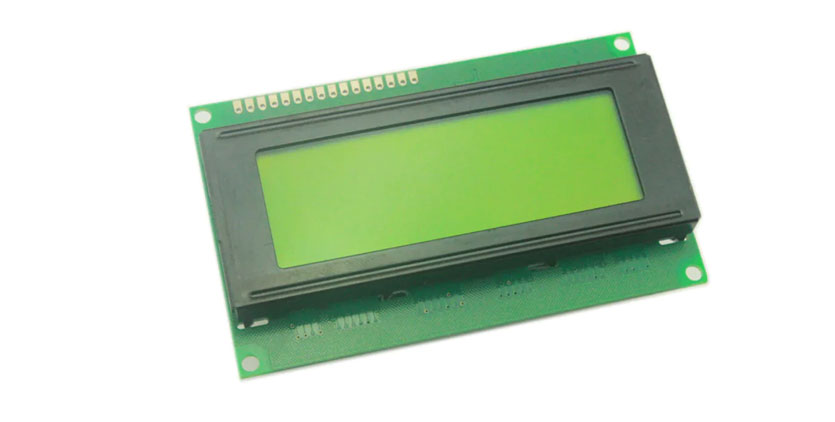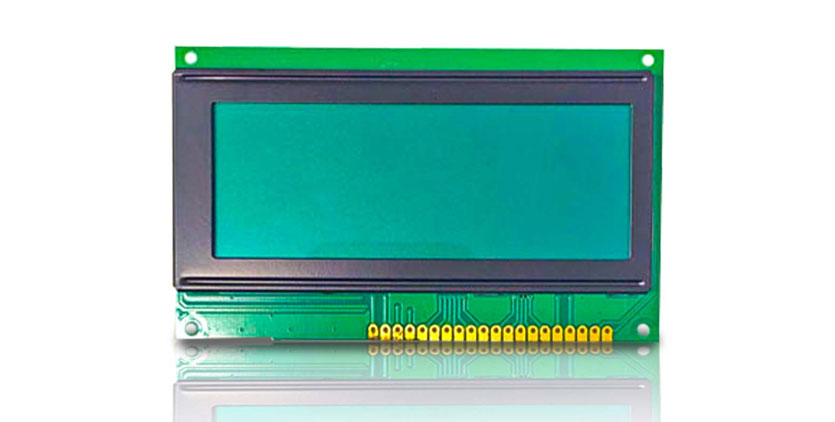Introduction to OLED and LCD Display Modules
In today’s technologically driven world, display modules play a pivotal role across various industries, none more so than in the realm of medical electronics. Among the array of display technologies available, OLED (Organic Light Emitting Diode) and LCD (Liquid Crystal Display) stand out for their versatility, reliability, and visual excellence.
OLED technology operates by emitting light through organic compounds when an electric current passes through them. This results in vibrant colors, deep blacks, and an unparalleled contrast ratio, making OLED displays ideal for applications where clarity and precision are paramount. On the other hand, LCD technology utilizes liquid crystals to modulate light, offering a more cost-effective solution with excellent resolution and energy efficiency.
The significance of display modules in medical electronics cannot be overstated. From patient monitoring devices to diagnostic equipment and surgical instruments, these displays serve as the primary interface between healthcare professionals and critical data. In medical settings where accuracy and real-time information are vital, OLED and LCD display modules provide the visual clarity and reliability necessary to make informed decisions and deliver optimal patient care.
As we delve deeper into the functionalities and applications of OLED and LCD display modules in the medical electronics industry, it becomes evident that these technologies are not just components but enablers of innovation, efficiency, and ultimately, better healthcare outcomes.
Advantages of OLED and LCD Displays in Medical Electronics
OLED and LCD display technologies offer a multitude of advantages that are particularly well-suited for the demanding requirements of the medical electronics industry:
- High Contrast Ratio and Vibrant Colors of OLED Displays: OLED displays boast an exceptional contrast ratio, delivering deep blacks and vivid colors that ensure the accurate representation of medical imaging and diagnostic data. This high contrast enhances the visibility of critical information, allowing healthcare professionals to make precise assessments and diagnoses with confidence.
- Energy Efficiency and Thin Form Factor of OLED Displays: In addition to their visual superiority, OLED displays are renowned for their energy-efficient operation and slim profile. The organic light-emitting diodes used in OLED technology emit light directly when an electric current is applied, eliminating the need for a backlight found in traditional LCD displays. This results in lower power consumption, prolonging battery life in portable medical devices, and enables sleek, lightweight designs ideal for space-constrained environments such as operating rooms and patient care facilities.
- Versatility and Cost-Effectiveness of LCD Displays: LCD displays offer unparalleled versatility and cost-effectiveness, making them a staple in a wide range of medical electronic instruments. With the ability to produce high-resolution images at a fraction of the cost of OLED displays, LCD technology remains a preferred choice for applications where budgetary constraints are a consideration. Furthermore, LCD displays come in various sizes and configurations, allowing for seamless integration into different medical devices and equipment without sacrificing performance or quality.
The advantages of OLED and LCD displays in medical electronics extend beyond visual excellence to encompass energy efficiency, versatility, and cost-effectiveness. By harnessing the capabilities of these display technologies, healthcare professionals can access critical information with clarity and accuracy, ultimately enhancing patient care and medical outcomes.
Applications of OLED and LCD Displays in Medical Electronic Instruments
OLED and LCD displays have revolutionized the field of medical electronics, finding widespread applications across various devices that are integral to patient care and diagnosis. Here’s a closer look at how these displays is utilized in different medical instruments:
- Patient Monitoring Devices: OLED and LCD displays play a crucial role in patient monitoring devices, providing real-time feedback and vital information to healthcare professionals. In pulse oximeters, these displays showcase oxygen saturation levels and heart rate data with precision and clarity, enabling quick assessment of a patient’s respiratory status. Similarly, in ECG monitors, OLED and LCD displays present electrocardiogram waveforms and heart rhythm data, aiding in the diagnosis of cardiac conditions. Their high contrast ratio and readability ensure accurate monitoring even in low-light conditions, enhancing patient safety and care quality.
- Diagnostic Equipment: In diagnostic equipment such as ultrasound machines and X-ray machines, OLED and LCD displays serve as the primary interface for visualizing medical images and interpreting diagnostic data. OLED displays, with their vibrant colors and high contrast, excel in displaying detailed ultrasound images, allowing clinicians to visualize anatomical structures with exceptional clarity. LCD displays, on the other hand, offer excellent resolution and image quality in X-ray machines, enabling precise interpretation of radiographic images for diagnostic purposes. The reliability and consistency of these displays are crucial for accurate diagnosis and treatment planning in various medical specialties.
- Surgical Instruments: OLED and LCD displays are indispensable components of surgical instruments, enhancing visualization and precision during surgical procedures. In surgical navigation systems, OLED and LCD displays provide real-time guidance and visualization of anatomical structures, facilitating precise surgical navigation and instrument placement. Additionally, in endoscopes used for minimally invasive procedures, these displays deliver high-definition images of internal organs and tissues, enabling clinicians to perform procedures with greater accuracy and safety. The durability and reliability of OLED and LCD displays ensure optimal performance even in demanding surgical environments, contributing to improved patient outcomes and surgical outcomes.
OLED and LCD displays are integral to the functionality and effectiveness of various medical electronic instruments, including patient monitoring devices, diagnostic equipment, and surgical instruments.
Enhancing User Experience with OLED and LCD Displays
As a major manufacturer, supplier, and exporter of OLED and LCD displays, Royal Display recognizes the critical importance of user experience in medical settings. Through careful attention to user interface design, customization options, and prioritizing readability and clarity, we aim to elevate the usability and effectiveness of medical devices equipped with their displays.
- User Interface Design Considerations for Medical Devices: Royal Display understands that user interface design plays a crucial role in ensuring the seamless operation of medical devices. By collaborating with medical device manufacturers, we incorporate ergonomic principles and intuitive interfaces into their display designs. This includes strategically placing essential controls and information, optimizing touch sensitivity for gloved hands, and implementing user-friendly navigation menus. Such considerations enhance user interaction, streamline workflow, and ultimately contribute to better patient care outcomes.
- Customization Options and Flexibility Offered by OLED and LCD Displays: Recognizing that medical applications vary widely in their requirements, Royal Display offers a range of customization options and flexible solutions to meet diverse needs. Whether it’s adjusting display size, resolution, or incorporating specialized features such as touch capabilities or anti-glare coatings, we collaborate closely with customers to tailor displays to specific medical device specifications. This customization ensures compatibility with various medical instruments and enhances the overall usability and functionality of the end product.
- Importance of Readability, Clarity, and Intuitive User Interaction in Medical Settings: Royal Display places a premium on the readability, clarity, and intuitive user interaction of their OLED and LCD displays. In medical settings where quick access to accurate information is critical, our displays excel in delivering clear, high-resolution visuals that facilitate rapid decision-making by healthcare professionals. Additionally, advanced display technologies such as OLED ensure consistent performance in diverse lighting conditions, while LCD displays offer enhanced readability and durability for prolonged use in clinical environments.
By prioritizing user experience and leveraging our expertise in display technology, Royal Display empowers medical device manufacturers to deliver superior products that meet the demanding requirements of modern healthcare settings.
Premium Quality Displays for Medical Electronic Instrument Manufacturing: Trusted Solutions from Royal Display
When seeking premium quality displays for medical electronic instrument manufacturing, one reputable option is Royal Display. Renowned for our commitment to excellence and innovation, we offer a wide range of OLED and LCD display modules tailored specifically for medical applications. With a focus on quality, reliability, and advanced technology, Royal Display ensures that the displays meet the rigorous standards required in the healthcare industry. Whether it’s for patient monitoring devices, diagnostic equipment, or surgical instruments, Royal Display provides customized solutions to meet the unique requirements of medical electronic instrument manufacturers. Contact Us Today!



